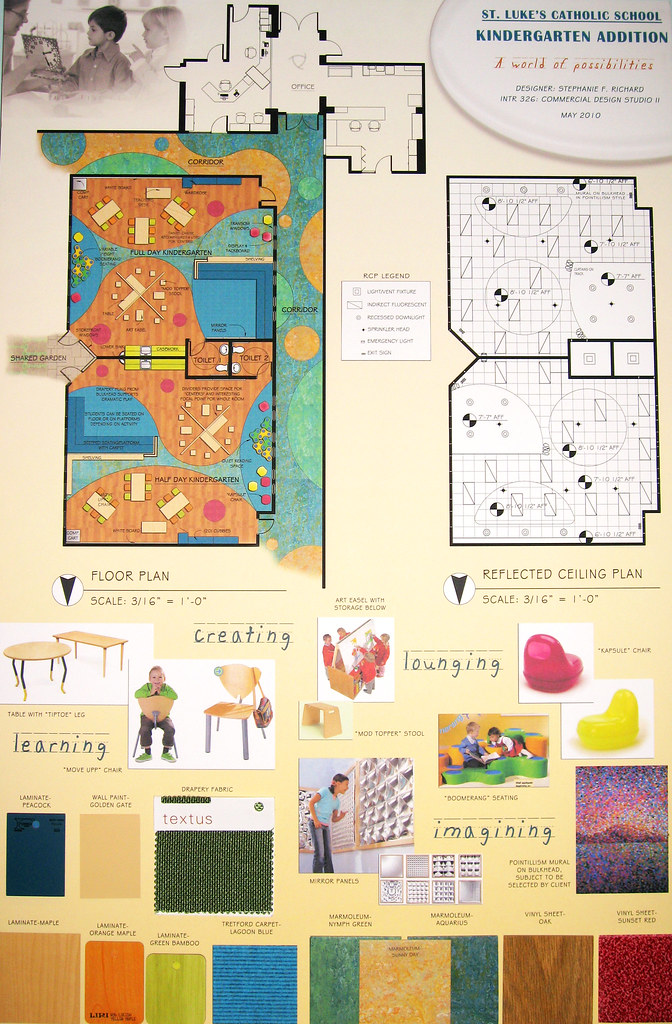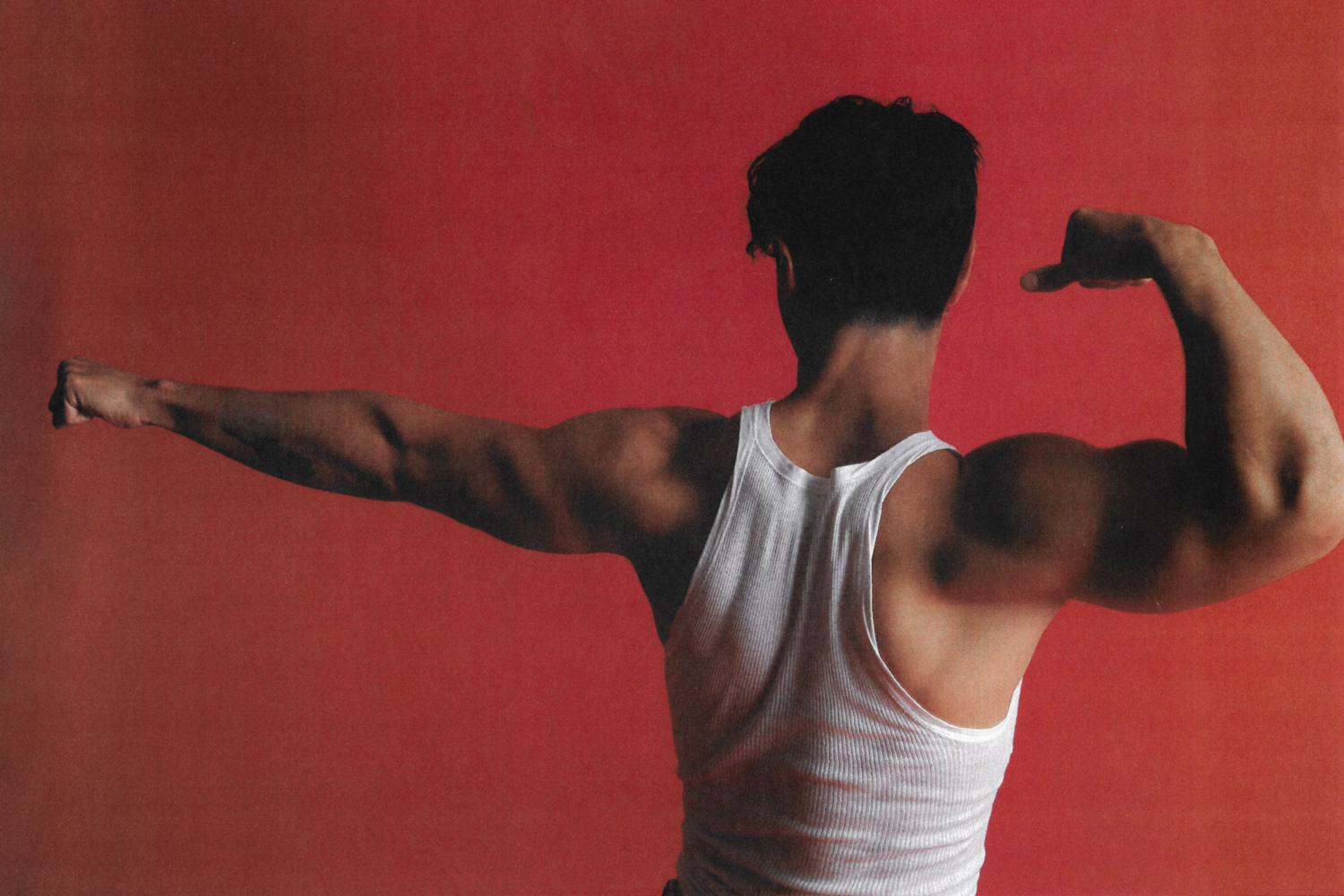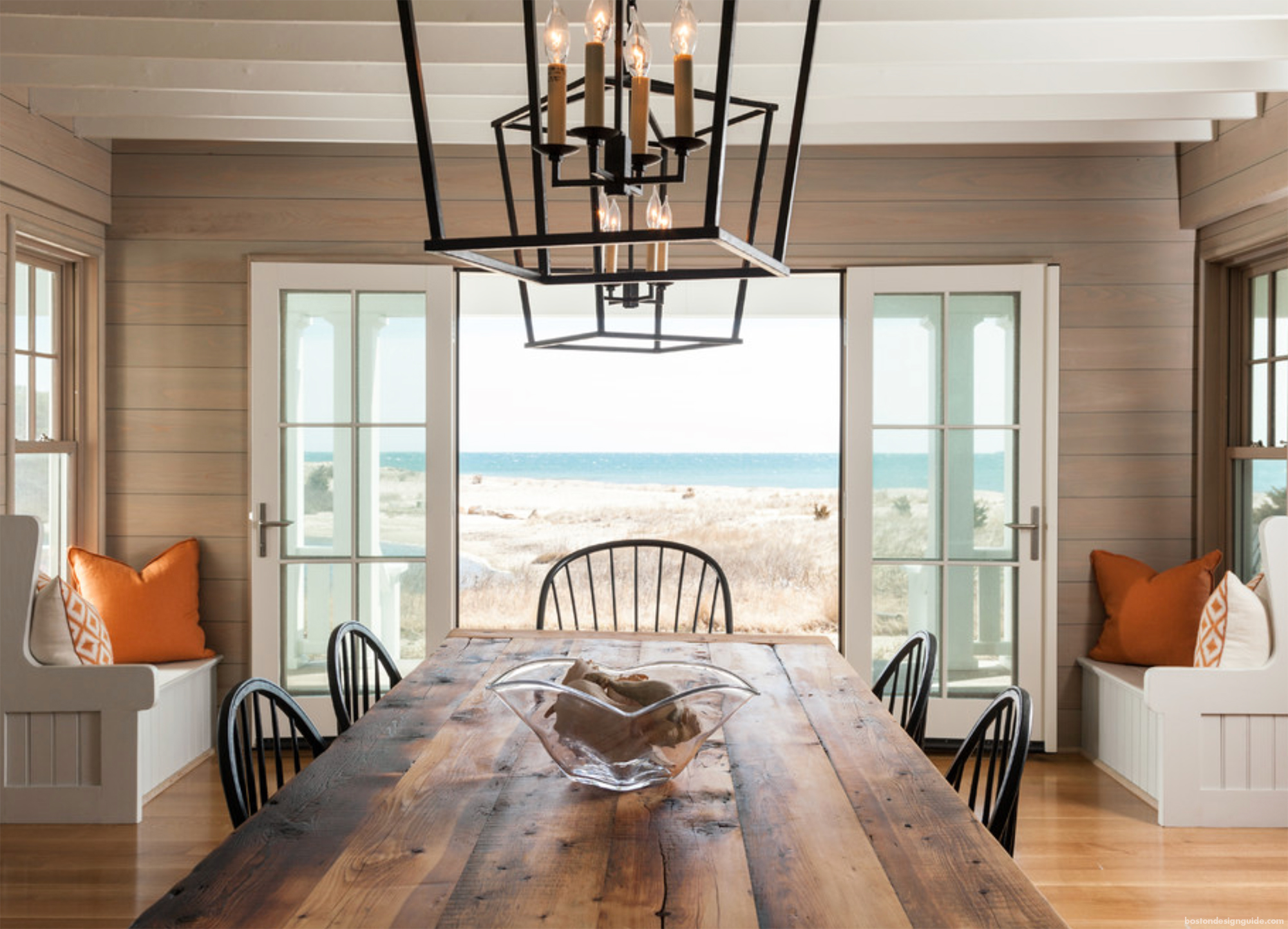Table Of Content

Creating a positive and stimulating environment for children in daycare is vital when choosing to decorate the establishment. Creating a positive and stimulating environment for children in daycare is vital when choosing to... Outdoor facilities could also be installed so that children can go outdoors during break times and build closer relationship with their classmates. Who knew that the world's coolest kindergarten is located in Sydney, Australia?
Creating Good Ambience
That's the magic of incorporating natural elements in your classroom setup preschool. The soft, calming hues of wooden toys, the vibrant green of indoor plants, and the gentle, warm glow of natural light can transform an ordinary space into a soothing learning environment. What if the alphabet chart on the wall wasn't just a decoration but a vibrant tool for language learning? Blending educational materials into your classroom setup allows you to transform the space into an active learning hub. Not only does this celebrate their work, but it also boosts their self-esteem. Perhaps you could even introduce a first day of preschool tradition where every child contributes to a collaborative art piece.
Unleashing Creativity: Your Guide to an Inspiring Art and Crafts Corner
As children interact with nature, they deepen their understanding and appreciation of their places and roles as caretakers of the planet. Regular inspections and maintenance should be performed to ensure that all equipment is safe and in good working order. Easy-to-care-for plants like succulents or spider plants are suitable choices.Involving children in plant care, such as watering or cleaning leaves, can be an educational activity. It instills a sense of responsibility and provides hands-on experience in observing growth and change. These storage solutions should be at a child-friendly height, allowing easy access for the children.
Think About Wall Textures
The exits should be part of the natural flow of the classroom, ensuring a quick and orderly evacuation if necessary. Consider the flow of traffic to minimize congestion and ensure that children can move safely and freely between different areas. In group work, encourage students to share their ideas, listen to others, and build on each other’s ideas. Provide opportunities for students to reflect on their group experiences and share what they have learned from working together. Collaborative projects and group work are excellent opportunities for students to work together, share ideas, and stimulate their imaginations. Kindergarten classroom ideas can assign group projects that require student collaboration, problem solving and creative thinking.

Some examples of activities that promote hands-on learning include arts and crafts projects, science experiments, cooking or baking recipes, puzzles or games, and outdoor play. All of these activities provide opportunities for children to use their senses (sight, touch, smell, taste, hearing) to explore the world around them. In addition, they also allow children to use their problem-solving skills as they figure out how to complete the task at hand. In addition to personal expression, creativity can be added as a lesson to kindergarten classroom ideas.
Include a variety of costumes and props representing different cultures, occupations and roles to promote diversity and inclusion. It’s important to ensure that the whiteboard or chalkboard is at a suitable height for children to interact with and is safe, with smooth edges and secure mounting. The classroom environment should reflect and celebrate cultural diversity, fostering an atmosphere of inclusivity and mutual respect. In the meantime, try creating your own map (I did mine using the shapes tool in Powerpoint), and identifying the zones you’ll need for your classroom.
Leading Manufacturer & Supplier of Preschool Furniture
Tokyo kindergarten by Tezuka Architects lets children run free on the roof - Dezeen
Tokyo kindergarten by Tezuka Architects lets children run free on the roof.
Posted: Mon, 02 Oct 2017 07:00:00 GMT [source]
I want a technology area for computers and chargers, individual areas for students to work (table spots as well as flexible seating options), and storage! You need to decide where to keep supplies students need to access, you need to access, and how to store other materials so you don’t waste time. Keep in mind a child’s viewpoint of scale, circulation and comfort such as windows at the child’s eye level, horizontal elements corresponding to the door height. The variety of texture enhances children’s observational skills and fine motor abilities through interaction with sensory elements. The form of the building gives children a completely different experience.
Bookworm's Paradise: Setting Up a Cozy Reading Nook
One of the best parts of a new school year for me is designing a kindergarten classroom. Whether I’m keeping the same classroom or moving to a new one, I’m always eager to change up my room to make it better each year. The classroom space design is a crucial part of kindergarten design, as a place where children live and learn every day, reflecting kindergarten’s teaching style and quality. The kindergarten should focus on the colour arrangement in classroom design as the environment speaks, and different classroom colours will deliver different messages to the children. Sweet pastel colours and simple, vibrant tones of solid colours are popular among children. In addition, children can build their physical strengths with outdoor activities such as running, cycling or just walking in a natural place so they can grow up healthily.
When designing a kindergarten classroom layout it helps to visually lay it out ahead of time on the whiteboard or paper. I have used Classroom Architect before which is nice because you can select your room dimensions. This lets you try different furniture arrangements without lifting anything.
Select materials that are durable, easy to clean, and suitable for young children. This includes everything from toys and books to art supplies and educational aids. The classroom should have open areas for group activities balanced with quieter, cozy corners for individual learning. This arrangement facilitates various teaching methods and learning styles. Help children feel like they are part of a community by creating opportunities for cooperation and collaboration.
Use labeled baskets for each child’s belongings and regularly remind students to put things back. To keep costs down, consider DIY decorations, and repurposed materials, and ask for donations from parents and the community. And by that I mean I will admit I have more planners, notebooks, lists, and sticky notes than anyone should have.
A wipeable tablecloth or a laminated tabletop can be your best friend. You can find many educational resources and toys that are perfect for preschoolers. Texture in the environment offers visual interest and depth and provides children with unique tactile experiences.
Give your kindergarten classroom the natural treatment by ditching plastic for wood. This is one of the cutest kindergarten classrooms we’ve ever seen (and we’re obsessed with that sun basket on the shelf—no, it’s not a taco!). Maximising space in childcare is important when intending to create a safe, functional and... They have about ten years of experience in this field and have a good reputation among customers. There are plenty of spaces that encourage creative play as well as quiet reading areas. Investigated how precision technology could help to create new forms for wooden construction.
Provide open-ended tasks that allow for a variety of solutions and encourage students to think outside the box. Assign roles within the group, such as leader, researcher, or speaker, to promote teamwork and task division. Watch your kids fall in love with math & reading through our scientifically designed curriculum.
Set within a formerly derelict building, a series of slides and climbing frames alongside the bright colours were used to bring the space to life. Up to 100 children can climb, play and peak through little porthole windows that frame the low-lying nursery buildings by MUMA Architects. On the ground floor of this split-level play area, Beijing studio SAKO Architects has painted columns and tiered platforms in an array of dynamic colours.









